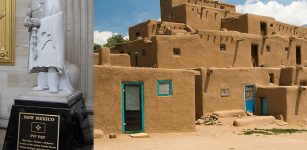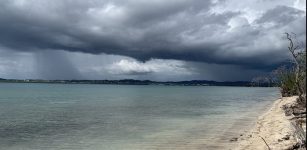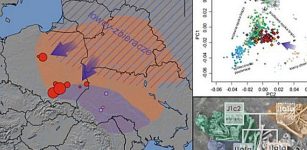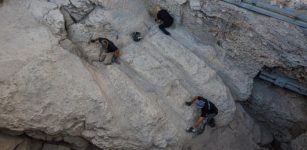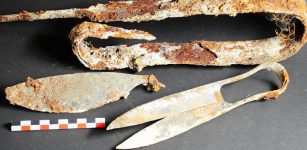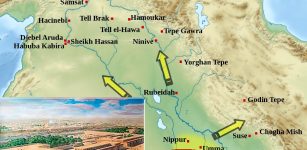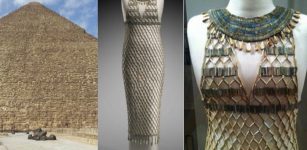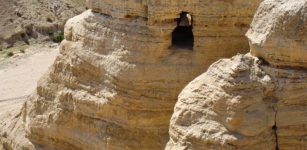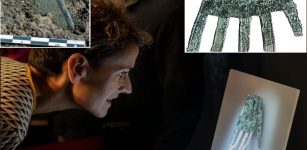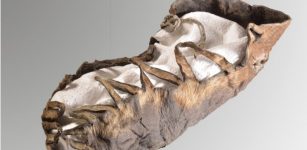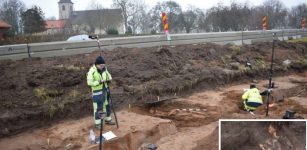Why Did Ancient Romans Destroy The Town Of Fregellae?
Jan Bartek - AncientPages.com - The ancient town of Fregellae, situated in the province of Frosinone between Rome and Naples in Italy, was once a significant and thriving settlement with a complex history. Initially founded by the Opici or Oscans near Arce, it later came under Volscian control.
Credit: Adobe Stock - designprojects - LEIZA / Dominik Maschek - Image compilation Ancient Pages
The town faced destruction at the hands of the Samnites shortly before 330 B.C., when they were prominent adversaries of Rome in central Italy. In response to this threat, Fregellae sought assistance from Rome and became a Roman colony in 328 B.C.
Despite this alliance, Fregellae was eventually destroyed by the Romans themselves—a curious turn of events that invites further exploration into its historical context.
Historical records and recent archaeological findings shed light on the rebellion of a small town against the powerful Roman Empire, highlighting its severe consequences. The town in question, Fregellae, was a Roman colony that lacked full civil rights within the expanding Roman Republic, leading to widespread dissatisfaction among its inhabitants. In 125 B.C., taking advantage of Rome's preoccupation with foreign conflicts, Fregellae staged a rebellion. However, this act proved costly as a local official quickly assembled a legion that besieged and destroyed the city.
Research conducted by teams from the Leibniz-Zentrum für Archäologie (LEIZA) and the University of Trier has confirmed that Fregellae was so thoroughly devastated that it remained uninhabited for over 170 years!
This year's archaeological efforts focused on examining an ancient villa with an agricultural production facility and further exploring a Roman military camp established during the siege.
The villa is particularly noteworthy as it belonged to the local elite and is recognized as the oldest of its kind discovered in this region so far. Built approximately 80 years before Fregellae's destruction, it provides valuable insights into both pre- and post-destruction life in this area. Additionally, investigations reveal how economic foundations were shattered by these events, contributing to long-term desolation in what once was a thriving community.
Archaeobotanical analyses of seeds and plant remains provide information on the cultivation and trade of wine. Credit: LEIZA / Anton Ritzhaupt
"It's fascinating that we were able to uncover the architectural structure of such an early production facility," explains Prof Dr. Dominik Maschek, project manager at LEIZA.
"Despite the traces of fire and the almost complete removal of the building materials, the finds offer valuable insights into rural life and the economic activities of the inhabitants at the time."
Archaeobotanical investigations and finds of amphorae and storage vessels prove that wine, fruit and grain were produced in the complex.
"The wine was probably not only produced for the local market. It is quite possible that it was traded within Mediterranean exchange networks as far as Spain and France. The cultivation of grain and fruit, on the other hand, was certainly intended for the local market," explains Maschek.
The destruction of the site by the Roman army marked not only the cessation of its production activities but also resulted in the loss of livelihood for its inhabitants.
Ancient Fregellae, Italy. Credit: Torquatus - CC BY-SA 4.0
"The violent destruction caused lasting damage to the entire economy of the region. The landscape remained uninhabited for over 170 years until the area was finally used as a rubbish dump. We have found numerous ceramic vessels dating from around 50 CE," Maschek adds in a press release.
In addition to their work on the villa, researchers have expanded their investigation into the military camp identified last year. This camp, constructed for the siege of Fregellae, measured 90 by 143 meters and was fortified with a rampart and a ditch. The findings reinforce previous insights into Roman military strategy and siege tactics. According to Maschek, this new information consolidates our understanding of the Roman siege in 125 B.C.
See also: More Archaeology News
The agricultural production site and its surrounding cultural landscape offer archaeologists valuable insights into the extent of destruction and consequences following the Roman campaign against Fregellae. This year's discoveries significantly enhanced our comprehension of how these events altered the cultural landscape in the aftermath of the attack.
Written by Jan Bartek - AncientPages.com Staff Writer





